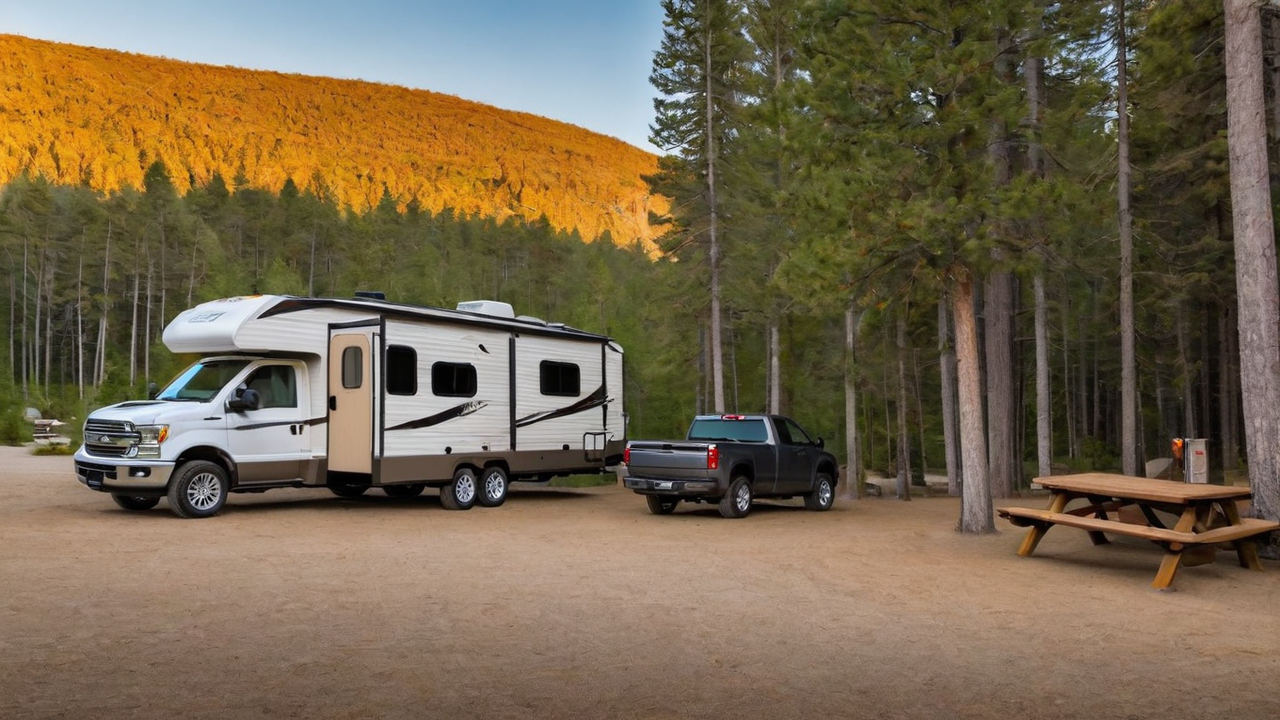Creating the Optimal User's Interface: Design Guidelines for Campground Software
Creating the Optimal User's Interface: Design Guidelines for Campground Software
Blog Article

Grasping Your Users
Understanding who the target users is vital in creating an effective user's interface. It is important to take into account the necessities, preferences, and technology savviness. Such knowledge leads the designing decision, guaranteeing that your program is accessible and intuitive.
Knowing your users also implies recognizing the obstacles and how they intend to use your campground software. It enables the designers to customize features and capabilities that meet specific needs, therefore making the application not only useful but also essential.
Simplifying the Navigation
Streamlining the navigation system is a key element of user interface design. An straightforward menu system ensures visitors can easily locate what they're searching for, minimizing frustration and enhancing user satisfaction. It's about making the journey inside the app as seamless as possible.
Moreover, a well-designed navigation guides users throughout the software, emphasizing features and capabilities that they otherwise miss. Such an strategy not only boosts usability but also promotes deeper interaction with the campground software's full array of capabilities.
Integrating High Quality Visuals
Graphics play a vital role in making a engaging UI. Visuals help in breaking up text and can convey functions more efficiently than words alone. Selecting the appropriate images, icons, and color schemes can improve the overall aesthetic of the application, thereby making it more appealing to your eye.
Moreover, a consistent visual style is for creating a strong brand identity and trust amongst your users. Each element must be in alignment with the brand’s principles and the message of your application, creating a seamless user experience that is both polished and welcoming.
Improving the Responsiveness
In today’s online world, people demand campground software to be fully responsive on every devices, from desktops to mobile phones. An adaptive design guarantees that no matter of what device size, your application delivers an optimal user experience. It not only improves accessibility but also caters to your users’ mobile lifestyle.
Furthermore, improving your software’s responsiveness can lead in improved speed, minimizing load times and preventing frustration. Visitors value a fast and smooth experience when using campground applications, which makes performance a vital element in user satisfaction.
Enhancing the Search
Finding data quickly is fundamental in any application, especially in campground management. Optimizing the search feature permits users to effortlessly locate exactly what they're looking for, which in turn enhances user satisfaction and efficiency. By incorporating advanced search capabilities, you can minimize user frustration and boost general satisfaction.
Additionally, complex search features like filtering options and tagging can aid in narrowing down results, making the search process more effective. Implementing these features shows an understanding of the user’s needs and an effort to enhancing the user’s interaction with your campground software as smooth and productive as possible.
Prioritizing Security
Security must be a top priority when it comes to designing campground software. Users want to feel safe when entering their personal information. Ensuring robust security measures not only protects their information but likewise builds a sense of trust between your user and the brand.
In addition to standard protections like strong passwords and encryption, consider adding advanced options such as two-factor authentication or biometric security verification. These measures provide additional layers of security, ensuring that customer information is kept secure from unwanted access.
Leveraging User Feedback
Gathering feedback is crucial for ongoing development of any campground software. It enables developers to understand what is working, what doesn’t, and how their software can be bettered to meet the user’s needs. Actively seeking this feedback establishes a sense of community between the customers and the development team, making them feel like they are actively part of your product's evolution.
Incorporating feedback into account can lead in tangible enhancements in user interface design and the overall UX. Implementing changes based on real input proves that the brand listens to its users and is dedicated to providing a superior product.
Maintaining Simplicity
Among UI design, the principle of simplicity is key. A overly complex UI can confuse the users, leading in a unpleasant user experience. Keeping things simple, on the other hand, helps your software more intuitive and user-friendly. It promotes greater user engagement and satisfaction.
Furthermore, maintaining simplicity should extend to the content and features. Avoid unnecessary features that don’t add real value can ensure that your interface remains sleek and focused on the core requirements of the users. By, you design a more streamlined and effective UX that more details resonates with your audience.
Report this page